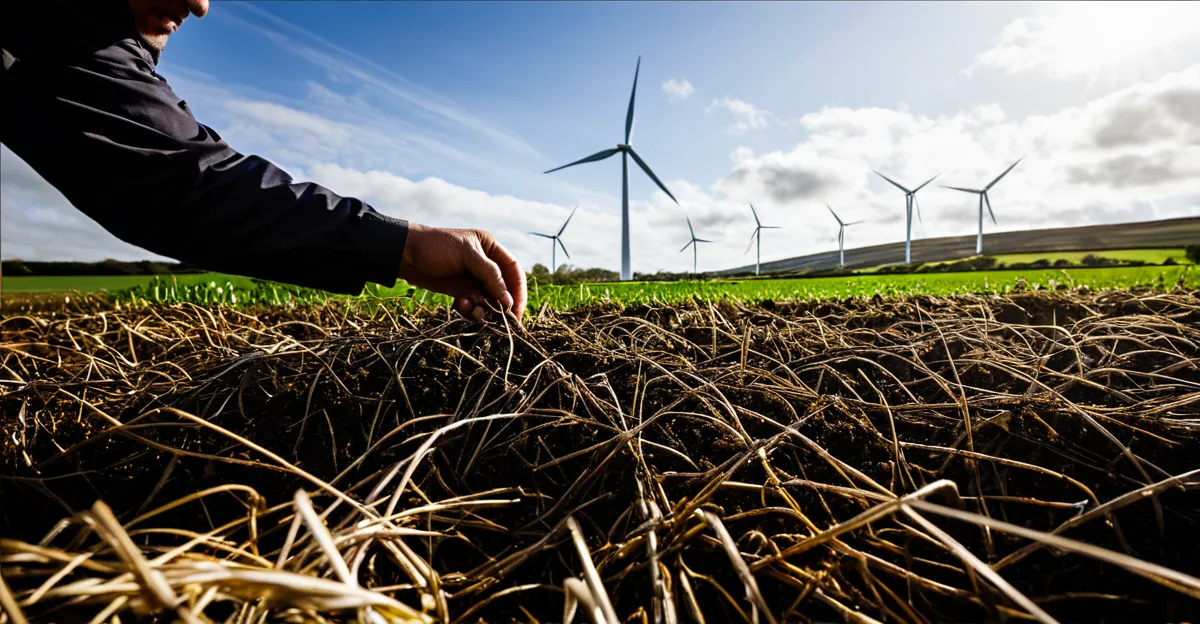Major recent breakthroughs in UK renewable energy technologies
The UK has witnessed significant renewable energy advancements from 2023 through 2024, pushing forward the latest renewable technology UK offers. Notably, hydrogen production has surged with the scaling of green hydrogen projects that convert renewable-generated electricity into sustainable fuel. These developments align with energy storage innovations, enabling more reliable and efficient hydrogen distribution networks.
Wind energy breakthroughs include offshore projects benefiting from design refinements that enhance turbine efficiency and durability, raising generation output. Solar technology UK developments focus on advanced photovoltaic panels that capture sunlight more effectively and integration of agrivoltaics—combining agriculture with solar installations to optimize land use.
Additional reading : How Will Emerging Technologies Impact the Future of UK Industries?
Tidal and marine sectors have also seen progress, with pilot projects demonstrating improved tidal stream energy capture and wave power consistency. These breakthroughs arise from strong government-funded innovation programmes supporting cross-sector partnerships, blending academia’s research prowess with industry experience.
Crucially, these initiatives provide a technological and economic foundation for the UK’s renewable energy transition, emphasizing sustainability and scalability. The extensive public and private backing underscores confidence in 2024 renewable energy innovations, positioning the UK as a global leader in clean energy technology.
Also read : What Challenges Does the UK’s Tech Industry Face in the Future?
Leading-edge wind and solar power advancements in the UK
UK wind energy improvements have reached new heights in 2023 and 2024, with offshore wind farms deploying larger, more efficient turbines. These turbines increase power output by capturing stronger and steadier winds, reducing operational costs. Such advances in renewable generation innovation optimize energy capture while extending equipment lifespan, a critical factor for large-scale projects.
In solar technology UK has embraced advanced photovoltaic (PV) panels that enhance sunlight absorption and conversion efficiency. This progress allows solar farms and smaller installations to produce more power per square meter than before. Additionally, agrivoltaics—the practice of combining solar arrays with agricultural land—continues to expand. This dual land use supports farmers and boosts renewable generation without sacrificing crop yields.
Grid updates are also keeping pace, enabling smoother integration of variable wind and solar energy. Enhanced grid management technology and storage solutions help balance supply fluctuations typical of these renewables. Together, these innovations in wind and solar represent a key part of 2024 renewable energy innovations, pushing the UK towards a cleaner, more resilient power system.
Progress in UK tidal, wave, and marine energy technologies
The latest tidal energy UK initiatives have moved beyond pilot stages, with multiple projects now testing larger-scale tidal stream turbines that demonstrate increased energy output and durability. These devices convert the predictable kinetic energy from tidal flows into electricity efficiently, addressing the intermittency issues common in other renewables. Recent wave power innovation focuses on improving device survivability in harsh marine environments while enhancing power capture from surface waves.
Collaboration is pivotal in advancing marine renewables; academia, industry, and government agencies engage in joint research to refine turbine blade designs and seabed anchoring technologies. This partnership accelerates innovation and cost reductions, essential for scaling up tidal and wave projects. Data from 2024 trials show significant improvements in output stability and maintenance intervals, proving marine renewables’ viability in the UK’s energy mix.
These efforts exemplify the UK’s commitment to diversifying renewable sources by harnessing marine power. They contribute substantially to meeting 2024 renewable energy innovations targets and complement broader UK renewable energy advancements across hydrogen, wind, and solar sectors.




